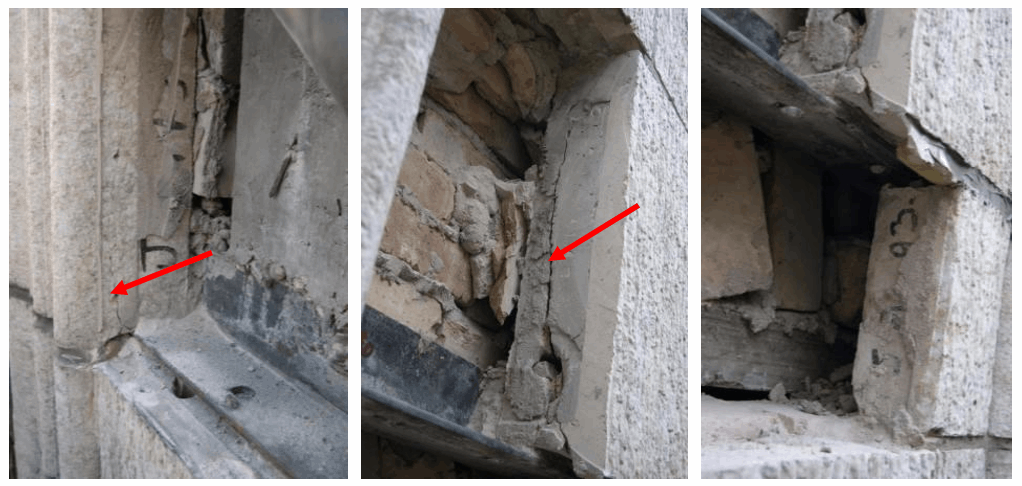Edward Gerns1 and Renae Brossman2
- Principal, Wiss, Janney, Elstner Associates, 10 South LaSalle, Suite 2600, Chicago, Illinois, egerns@wje.com
- Associate III, Wiss, Janney, Elstner Associates, 330 Pfingsten Road, Northbrook, Illinois, rbrossman@wje.com
ABSTRACT
The introduction of the skeleton frame structural system and subsequent development of the curtain wall enabled buildings to be constructed very quickly and economically and paved the way for the development of a new building type—the Skyscaper. The curtain wall or facades of the early skyscrapers evolved into an increasingly complex assemblage of various materials that are intended to act together while maintaining a weather tight enclosure and structural integrity. As these early facade systems age, damage resulting from various environmental forces has lead to an increase in repair work on these unique buildings archetypes.
The restoration of these facades presents many challenges in designing appropriate and effective repairs. Often modern detailing standards are applied to the early curtain wall systems resulting in a change in the behaviour of the system causing additional distress which is attributed to the repair itself. An understanding of the behaviour of these aging historic curtain wall systems is critical to the development and implementation of appropriate repair details.
This paper is divided into two parts. The first part will compare traditional terra cotta details with modern details and includes a discussion of the development of the modern details with respect to the evolution of the curtain wall cladding systems. The second part presents three case studies where modern details have been introduced in historic curtain wall systems and other buildings where modern details were not introduced. The rationale behind these decisions will also be discussed. The goal of the paper is to demonstrate that care should be exercised if and when modern detailing is appropriate for historic curtain wall systems.
KEYWORDS: detailing, restoration, terra cotta
B5-2



